The post-season bonanza
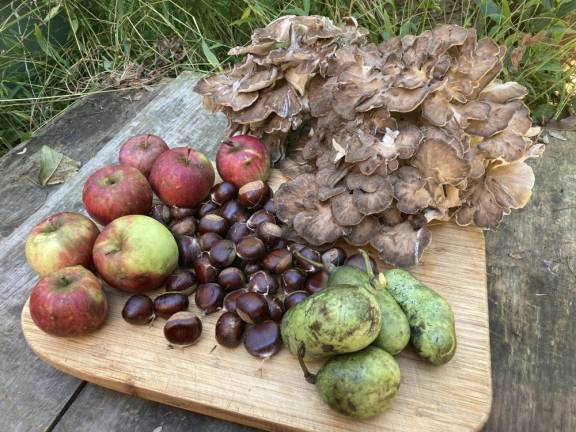
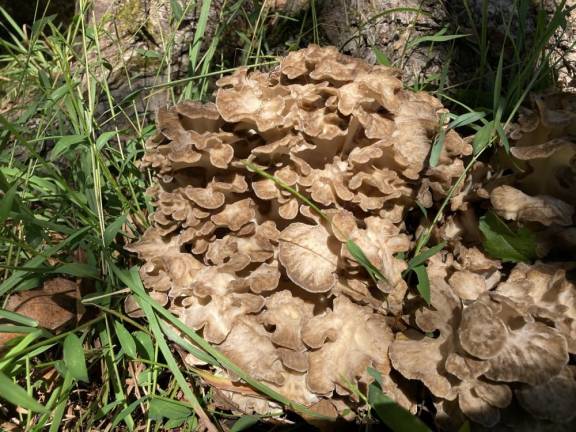
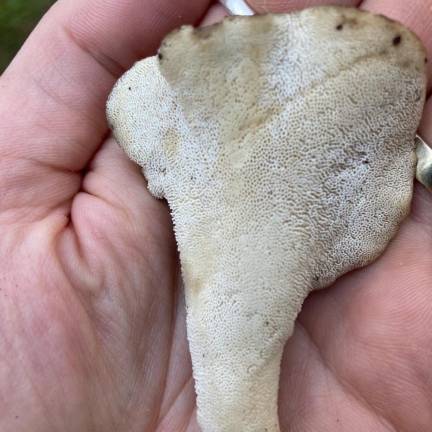
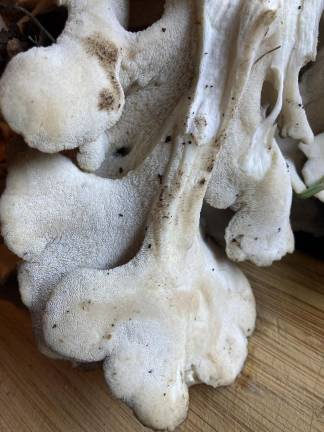
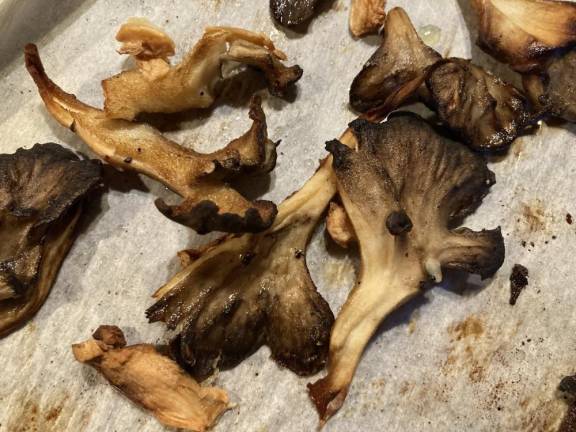
Cooler days and longer nights may herald the close of harvest season, but on your next woods walk be sure to take a gander at the base of old oaks. There you might find, nestled in the leaf litter, a bountiful mushroom. Hen of the woods is a tough ol’ bird, happy to roost in the crisp autumn air, yet tender and constant, often reappearing in the same place year after year.
Hen of the woods (Grifola frondosa) is not to be confused with the unrelated chicken of the woods. Whereas chickens are brightly colored, pale yellow to bright orange, hens are understated, greyish brown and easily camouflaged by autumn leaves. However, if you’re familiar with chickens, there are some similarities. Both are polypores with an affinity for hardwoods. Although, having made a meal of both, I must say I prefer the earthy umami flavor of a hen any day.
As a polypore, hen of the woods does not have a classic mushroom appearance. Rather than a round cap set atop a stalk, her “caps” better resemble fan-like fronds, layered like a fungal rosette. Peel away a cap and lay it underside-up in your palm to reveal a nearly smooth surface, creamy white in color, and speckled with pin-sized pores. Hens never bear gills nor clearly defined stalks. They can range from five pounds to 50, although the smaller ones will surely be more tender.
Slice the fan-like rosette from the tough base and then peel the fans apart in sections. Clean by rinsing in water or patting clean with a damp cloth. You can prepare hen of the woods any way you would a commercial mushroom, however I think she’s best roasted. Toss with olive oil, salt and pepper, and fresh sliced garlic, roast at 400 degrees until fragrant, shimmery and charred on the edges. You may have more hen than you know what to do with, but once roasted, this mushroom preserves well in the freezer.
Hen of the woods knows how to thrive amidst the changing seasons and assists us as well. Nutritionally, hens are mineral-rich and contain polysaccharides that benefit our gut flora. Medicinally, she’s an adaptogen, which means she can temper the effects of stress on the body. Pair her with hardy cool-weather greens or alongside buttery roasted squash and do your mind, body and palate good all autumn long.